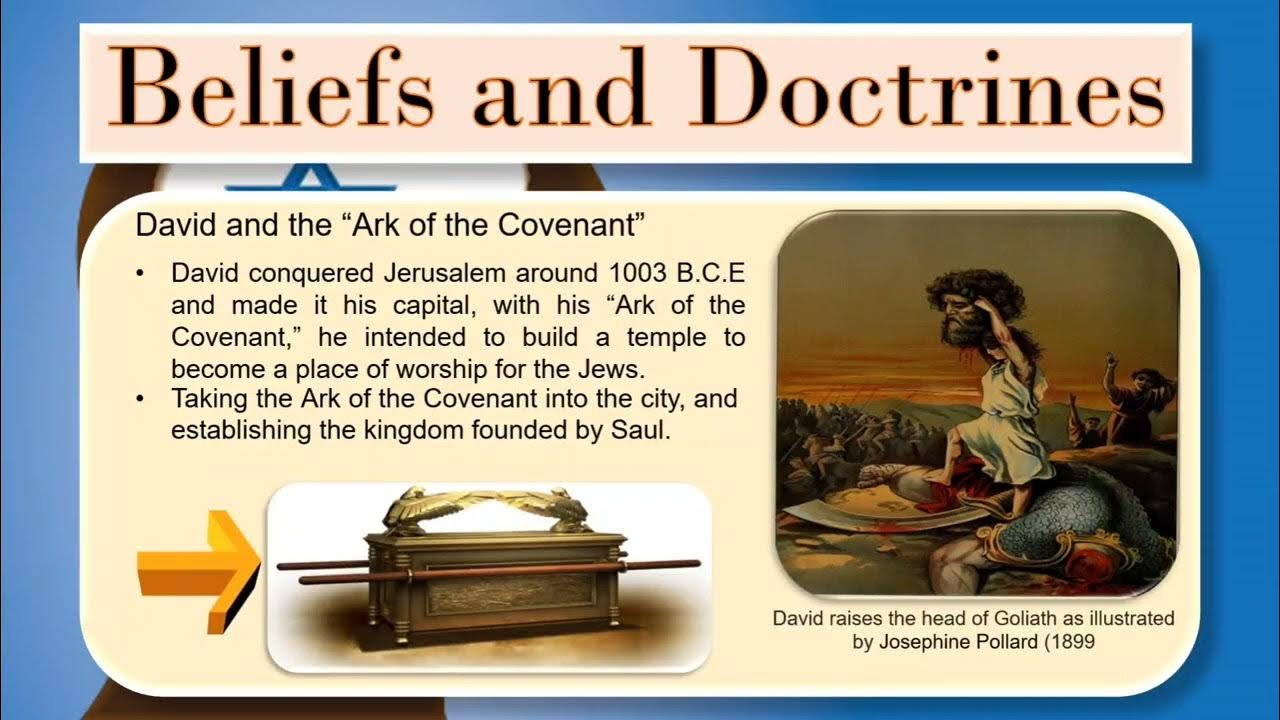Ustadz Herfi G. Faizi ,Lc. | Kitab Tauhid | SESI 2 | Aqidah Itu Menguatkan | PGA 2022
Summary
TLDRThe video begins with a greeting and a religious invocation, followed by a metaphor involving three nitrogen balloons to illustrate different types of human lives. The first balloon, not tied down, represents a person who drifts aimlessly, following trends without purpose. The second balloon, tied with one string, signifies someone with freedom but guided by a core principle. The third balloon, bound by many strings, depicts a person restricted by numerous ideologies, losing their freedom. The ideal is the second type, who remains true to their faith and values, finding true freedom and happiness. The speaker concludes with a religious blessing.
Takeaways
- 🕊️ The video begins with Islamic greetings and praises, setting a religious tone.
- 🎈 Three balloons are used as a metaphor to describe different types of human souls.
- 🌬️ The first balloon, which is not tied down, represents a person with no direction, easily swayed by external influences.
- 🔗 The second balloon is tied with one string, symbolizing a person who has some direction but retains freedom of movement.
- ⛓️ The third balloon is tied with multiple strings, illustrating a person bound by too many societal norms and ideologies, restricting their freedom.
- 🏞️ The ideal person is compared to the second balloon, who is anchored but still free to move within their natural fitrah (innate nature).
- 📜 The speaker highlights that too many ideologies (isms) can enslave a person, drawing an analogy with pre-Islamic Persia.
- 🧙♂️ The mention of Persia emphasizes that even those in power, like kings, were not truly free due to the influence of sorcerers and other controlling forces.
- 🕌 True freedom, according to the speaker, comes from adhering to the oneness of God (Tawhid) and following divine guidance.
- 🙏 The video concludes with a message that by tying oneself to the truth of God, one achieves true freedom, happiness, and dignity.
Q & A
What is the primary message conveyed in the video script?
-The primary message is about the importance of spiritual and moral guidance in life. The script uses the metaphor of three balloons to illustrate different ways people live their lives based on their connection or lack thereof to spiritual principles.
What do the three balloons in the script represent?
-The three balloons represent different types of people: the first balloon represents those who have no guiding principles and are easily swayed by external influences; the second balloon represents those who are grounded in spiritual values, giving them freedom within certain boundaries; the third balloon represents those who are overly restricted by various ideologies, limiting their freedom and potential.
How does the script describe the life of a person who is not bound by any spiritual or moral guidance?
-The script describes such a person as being like the first balloon, which is not tied down and is blown in different directions by the wind. This person is easily influenced by trends and external factors, leading to a directionless and unstable life.
What does the second balloon, which is tied with one string, symbolize?
-The second balloon symbolizes a person who is guided by a single, strong set of spiritual or moral principles. This person has the freedom to move in different directions but remains grounded and does not stray far from their core values.
How is the third balloon, which is tied with multiple strings, portrayed in the script?
-The third balloon is portrayed as being overly restricted by multiple ties, symbolizing a person who is constrained by numerous ideologies and beliefs. This restricts their freedom and prevents them from fully expressing themselves.
What is the significance of the wind in the metaphor used in the script?
-The wind represents external influences, such as societal trends, ideologies, and peer pressure. The way the balloons respond to the wind illustrates how different people are affected by these influences based on their level of spiritual or moral grounding.
Why does the script suggest that being tied to a single spiritual principle leads to true freedom?
-The script suggests that being tied to a single spiritual principle, like the second balloon, leads to true freedom because it provides direction and purpose, allowing a person to navigate life confidently without being lost or overwhelmed by external influences.
How does the script describe the state of people who are tied down by multiple ideologies?
-The script describes such people as being restricted and unable to fully express themselves. They are compared to the third balloon, which is tied with multiple strings, limiting its movement and freedom.
What historical example does the script use to illustrate the consequences of following too many ideologies?
-The script uses the example of Persia before the time of Prophet Muhammad, describing it as a society dominated by numerous ideologies and controlled by powerful figures like sorcerers, which led to a lack of true freedom even among the rulers.
What conclusion does the script reach about the best way to live a fulfilling life?
-The script concludes that the best way to live a fulfilling life is to be guided by a single, true spiritual principle—specifically, the guidance of Allah in Islam. This provides a person with freedom, purpose, and the ability to stay true to their natural, good inclinations.
Outlines

此内容仅限付费用户访问。 请升级后访问。
立即升级Mindmap

此内容仅限付费用户访问。 请升级后访问。
立即升级Keywords

此内容仅限付费用户访问。 请升级后访问。
立即升级Highlights

此内容仅限付费用户访问。 请升级后访问。
立即升级Transcripts

此内容仅限付费用户访问。 请升级后访问。
立即升级浏览更多相关视频

Core Teachings, Practices, and Beliefs of Judaism

SMARTREN 2025 : Kisah Para Sahabat dalam Mengisi Ramadhan

Claims of Fact, Value and Policy | COMMUNICATION STUDIES

MICROTEACHING FISIKA SMA KELAS XI - HUKUM ARCHIMEDES

contoh mc buka puasa bersama, mc buka bersama ramadhan 2023

KI BOCIL‼️RAMADHAN KE 4‼️FAHRIA ZILDA IBRAHIM SDIT AL MISBAH
5.0 / 5 (0 votes)
